You are not logged in.
Dear visitor, welcome to WesWorld. If this is your first visit here, please read the Help. It explains in detail how this page works. To use all features of this page, you should consider registering. Please use the registration form, to register here or read more information about the registration process. If you are already registered, please login here.
This post has been edited 1 times, last edit by "TheCanadian" (Apr 21st 2011, 3:22am)
Quoted
Originally posted by TheCanadian
The FAB is looking to continue its expansion in 1941, therefore all winning tenders from 1940 are to be renewed unless the company involved wishes otherwise. Also, the FAB is looking for a two seat general purpose aircraft, or in other words something that can serve both in the fighter, night fighter, and light bomber/attacker roles.
Quoted
Originally posted by TheCanadian
As well the MI wishes to order 60 single seat carrier fighters. All interested parties please also include a delivery estimate.
Quoted
[SIZE=4]Bloch MB.1050 Milan ("Kite") carrier fighter[/SIZE]
[SIZE=1]Production Aircraft[/SIZE]
[SIZE=3]Specifications[/SIZE]
Wingspan: 12.0m (39.4 feet)
Length: 10.4m (34 feet)
Height: 4.5m (14.8 feet)
Wing Area: 27.5 m² (296 ft²)
Empty Weight: 3,698.5 kg (8,154 lbs)
Loaded Weight: 5,034 kg (11099 lbs)
Max Takeoff Weight: 6,431.5 kg (14,181 lbs)
Engine: 1 × Gnome-Rhone Mistral Titan 18k (2,240hp / 1,670.4 kW takeoff) with Turbomeca two-stage supercharger
Crew: 1 (pilot)
[SIZE=3]Performance[/SIZE]
Max speed: 685 kph (370 knots / 425.6 mph)
Cruising speed: 563 kph (350 mph)
Combat Range: 1,327 km (825 miles)
Service ceiling: 10,900 m (35,800 ft)
Rate of climb: 15.9 mps (3129.6 fpm)
Wing Loading: 183 kg/m² (37.5 lb/ft²)
Power to Weight Ratio: 0.332 kW/kg (0.202 hp/lb)
[SIZE=3]Armament[/SIZE]
- 4 × 20 mm cannon in wings with 925 rounds
- 2 × 750lb (340 kg) bombs
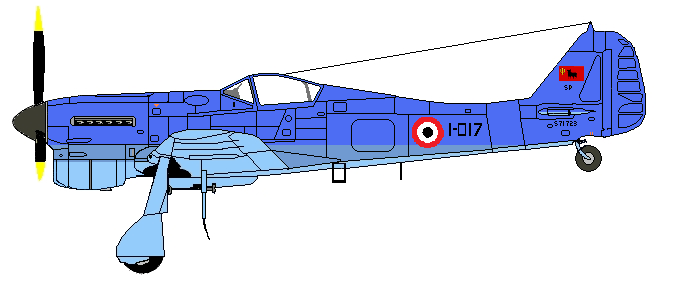

Quoted
Originally posted by HoOmAn
I think her canopy is too small....
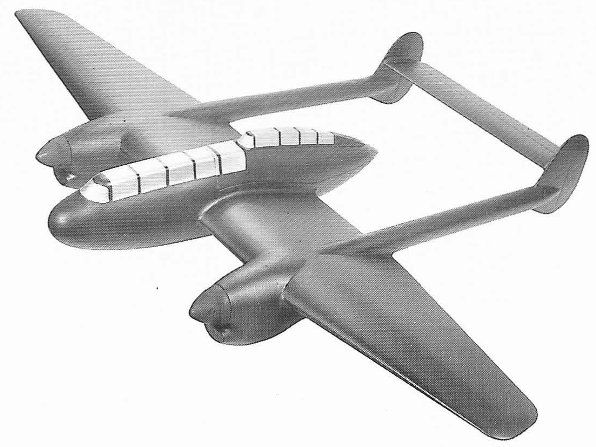
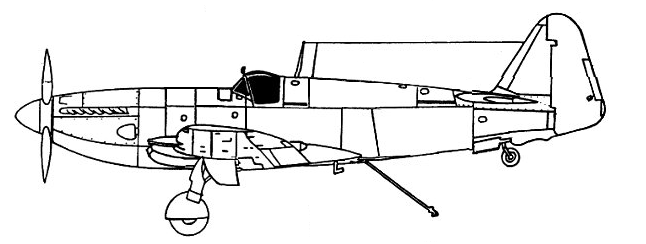
This post has been edited 1 times, last edit by "Hood" (May 2nd 2011, 5:43pm)
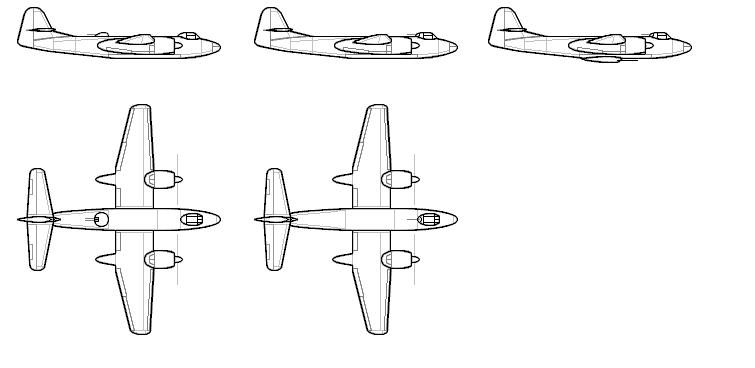

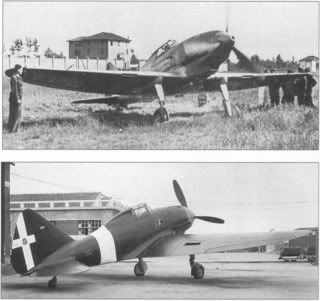
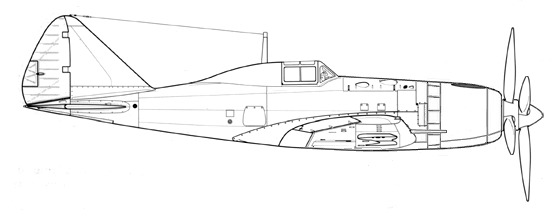
Forum Software: Burning Board® Lite 2.1.2 pl 1, developed by WoltLab® GmbH
